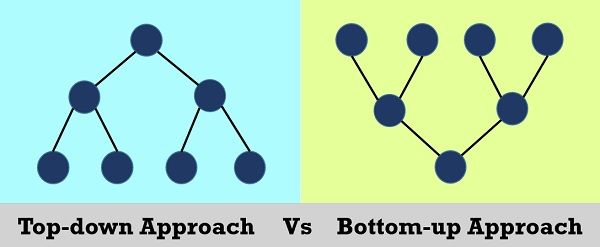When it comes to projects and the optimal benefits thereof, estimation becomes crucial to the project manager. The problem with estimation is not necessarily the focus on the financials of the project, but the other information contributing to the accuracy of the financials.
Click here to view a video that explains how to estimate your project.
The factors that influence the financial accuracy of the estimation is the following:
- Project specifications
- Time
- Resources required and available
- Materials
- Equipment
- Risks
The quantified accuracy of the above factors determines the accuracy and reliability of the estimate of any project. Burke sees project estimating as the quality and accuracy of the estimate as the best approximation based on time available, techniques employed, information available, expertise and experience of the estimator. According to Maylor, the changes that have the greatest influence can be discussed in terms of inputs, constraints and mechanisms.
The following explanation gives a better idea of what is meant by each factor of influence:
Inputs – the customer can change the project brief, the longer the project duration, the more certain that changes will be initiated by the customer.
Constraints – any influence like time, interest rates, investor confidence, money availability, etc. can change the estimation rapidly.
Mechanisms – the availability of resources like people, equipment and material are always difficult to predict especially when just-in-time is considered.
In project estimation, two general approaches can be considered and even advisable to make use of both in checking accuracy of estimate. The two approaches are as follow:

Top-down: This is where a certain amount of money is allocated for the project and need to be distributed or divided between the different sub-projects.
Bottom-up: This is where a work breakdown structure is used to do a financial roll-up in order to get a budget or financial requirement.
The following diagram can be considered in understanding the different phases of the project playing a role in the accuracy of the estimate.

Estimating Cost Continuum[Burke]
Estimating a project is concerned with the financials of the project and therefore it is important to understand all the costing elements. The different project costs are categorised as follow:
Direct costs – this is the cost directly involved with making the project happen.
Indirect costs – also referred to as overhead costs.
Time related costs – all cost increases over time as the project progresses.
Labour costs – this include costs directly involved with the cost of labour; things like medical insurances, sickness benefit, annual holiday, training courses, protective clothing, car allowance, housing allowance, subsistence allowance, pension, tool allowance, etc.
Material and equipment costs – also known as procurement cost include the departments like drawing office, buying office, quality department, planning office, warehouse, accounts, production, etc.
Transport costs – this include costs like ex-works (purchaser’s responsibility to pay, arrange, load, transport and insure), FOB (Free on Board), CIF (Cost, Insurance and Freight) and DDP (Delivered Duty Paid).
Preliminary and general costs (P&G) – including the cost of establishing the site office, site supervision, insurance and performance bonds, plant-hire, equipment, carnage, etc.
Project office costs – all costs referring to the running of the project office like project team’s salary, rent, water, electricity, office equipment, telephone, travel, security, training, marketing, etc.
Project team costs – all salaries of the different team members.
The main difference between estimating and costing is that in many if not all instances, estimating is seen as a quick method for pricing a project based on incomplete data and costing is defined as a detailed price based on a complete bill of materials (BOM) and parts list. A final estimate will then be figures compiled from all sources available and relevant to the project. Table is a further detailed breakdown of the project content or structure to lead to the detailed work breakdown structure (WBS).
The following tables can be used as a format to consider in putting together all the relevant data per category:
|
WBS |
Labour |
Material |
Equipment |
Transport |
Total |
|
1. |
|
|
|
|
|
|
2. |
|
|
|
|
|
|
2.1 |
|
|
|
|
|
|
3. |
|
|
|
|
|
|
3.1 |
|
|
|
|
|
|
|
|
|
|
|
|
|
Sub-Total |
|
|
|
|
|
|
Profit |
|
|
|
|
|
|
TOTAL |
|
|
|
|
|